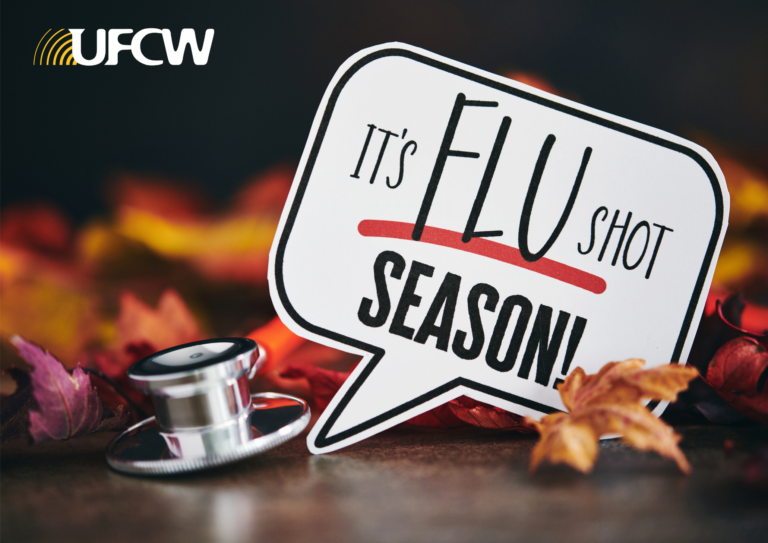
After a very mild flu season last year, health experts warn that they are anticipating a huge spike in flu cases in the coming months. Last year’s drop was likely due to the widespread implementation of COVID-19 prevention efforts like wearing face masks, social distancing, reduced travel, as well as school, office, and public space closures.
With the country returning to in-person school and work and some of the prevention efforts being rolled back it’s especially important understand how you can stay safe against both COVID-19 and flu infections. We received numerous member questions on how to prepare for this flu season want to provide the most accurate information for our membership.
How can I tell if I’m sick with the flu vs. COVID-19? How similar are the symptoms?
Symptoms for COVID and the flu are very similar with both potentially causing fever, fatigue, cough, shortness of breath and occasionally, gastrointestinal problems. Individuals can also be asymptomatic or experience mild to severe symptoms. One unique identifier of COVID-19 infection is many people reporting a change in or loss of taste or smell. COVID-19 symptoms can also appear much longer after exposure (two to 14 days), whereas flu symptoms usually appear within one to four days.
Due to the similarities, the best way to determine if you have the flu or COVID-19 is to get tested.
Is COVID-19 more severe than the flu?
Although the flu should always be taken seriously, COVID-19 appears to be more contagious and more severe with nearly 45 million people infected since early 2020 in the U.S. and nearly 718,000 deaths. By comparison, during the 2019–2020 flu season in the U.S., about 38 million contracted the flu and 22,000 died of their illness.
COVID’s drastically higher mortality rates are due to it causing serious complications such as blood clots, multisystem inflammatory syndrome in children, lung scarring, and “long-haul COVID” symptoms that are not seen with the flu.
I’m fully vaccinated for COVID-19, does that make me more protected against contracting the flu?
No. Vaccines can target only one specific virus at a time. Therefore, the influenza vaccine is effective against influenza and the COVID-19 vaccines only protect against COVID-19.
How long should I wait between taking the COVID-19 vaccine and the flu vaccine?
The flu vaccine and the COVID-19 vaccine can be given at the same time! There is no need to wait between the two shots. In fact, it’s a good idea to get both vaccines at once to save time, if you haven’t already had the COVID-19 shot.
What are the side effects of taking both vaccines around the same time?
Both vaccines may cause fever, fatigue, muscle aches, and soreness at the shot site. Side effects typically last no more than a day or two. You cannot contract either illness from the vaccine.
Besides getting the vaccine, is there anything else I could be doing to protect myself during flu season?
We learned from last winter that widespread use of masks in public spaces and social distancing has a huge impact on reducing transmission rates. Other flu safety precautions are similar to those we’ve been using for COVID-19, including:
- Masking in public spaces and social distancing
- Avoiding close contact with others who may be sick or staying home if you’re ill
- Covering your mouth and nose with a tissue when coughing or sneezing
- Cleaning your hands often and avoiding touching your eyes, nose, or mouth – areas where the virus can gain access to your respiratory tract
- Disinfecting frequently touched surfaces at home, work, or school, especially when someone is ill.
Bottom line: To protect yourself and others, it is safe and recommended to get vaccinated for both COVID-19 and the flu this fall.
Go to www.vaccines.gov to find where you can get your vaccines today.
